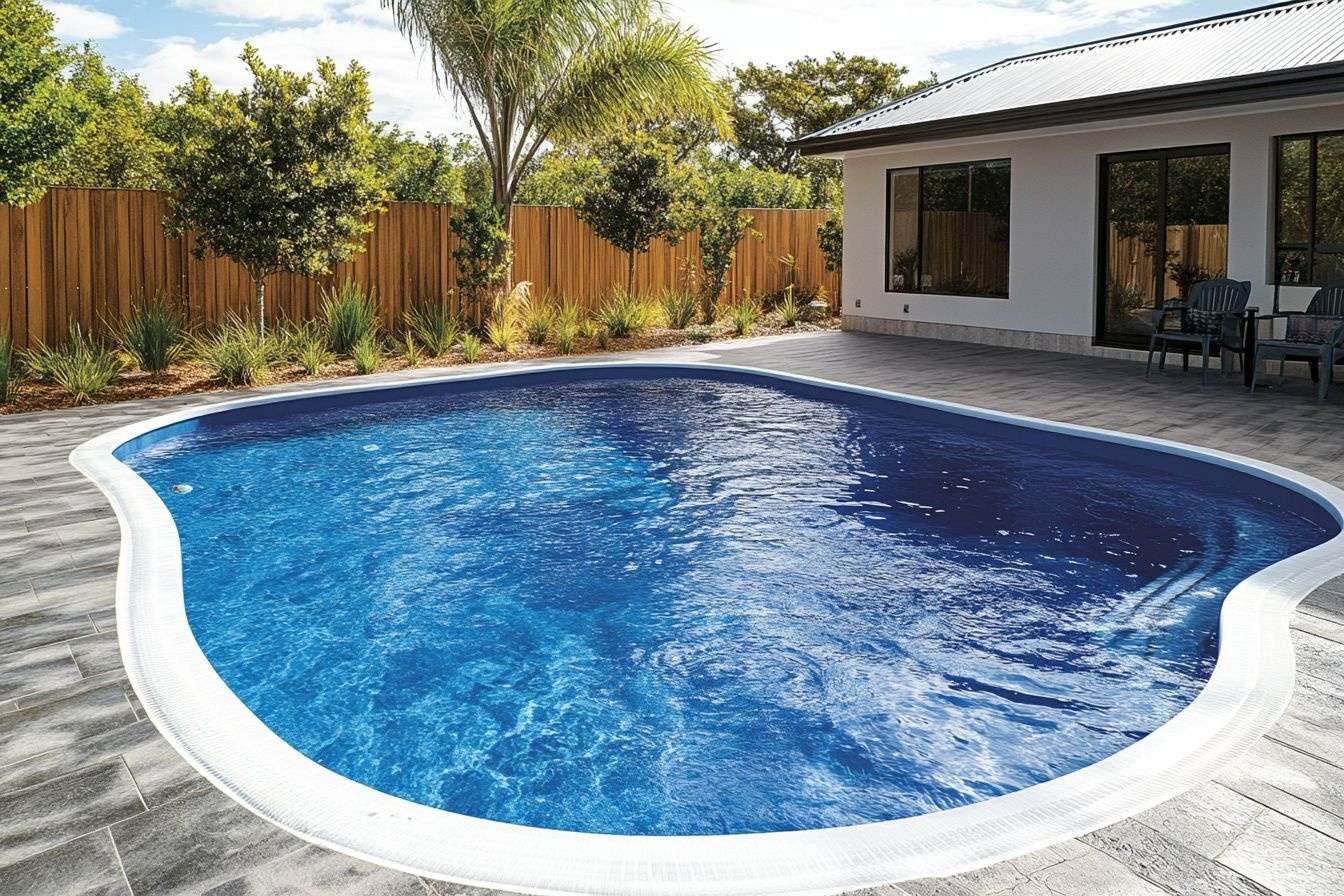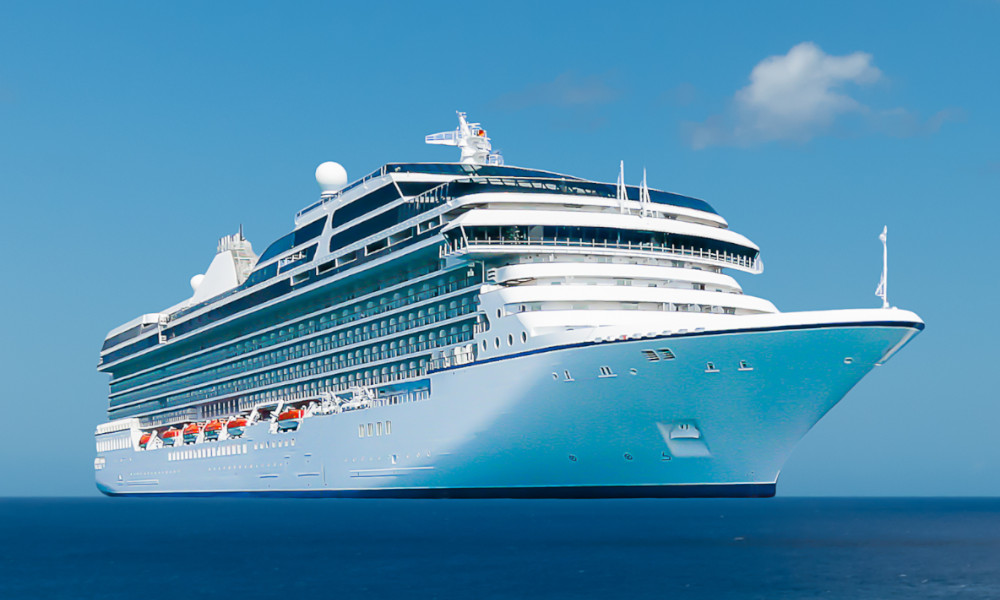The Complete Guide to Fiberglass Pool Delivery and Installation
Bringing a fiberglass pool to your backyard is an exciting project that transforms your outdoor living space into a personal oasis. Unlike concrete pools that are built on-site or vinyl liner pools that require extensive assembly, fiberglass pools arrive as pre-manufactured shells ready for installation. Understanding what happens from delivery to the first splash helps homeowners prepare for this significant home improvement project and ensures realistic expectations throughout the process.

How Fiberglass Pools Are Typically Delivered and Installed
The journey of your fiberglass pool begins at the manufacturing facility where it’s crafted as a single-piece shell. Once completed, the pool is loaded onto a specialized trailer for transportation to your property. Due to their size—typically ranging from 12 to 40 feet in length—fiberglass pools often require permits for road transportation as oversized loads. The delivery truck will need adequate access to your property, including sufficient clearance for height restrictions like power lines and tree branches.
Upon arrival, a crane or excavator lifts the pool from the trailer. The equipment used depends on the pool’s size, weight, and the accessibility of your installation site. Some installations in tight spaces may require special equipment or even helicopter lifts in extreme situations. Professional installers will have surveyed your property beforehand to plan the right approach for your specific circumstances.
What to Expect During the Fiberglass Pool Installation Process
The fiberglass pool installation process typically spans 1-3 weeks and involves several distinct phases. Before delivery day, the installation team completes site preparation by excavating the area according to precise measurements. They’ll create a hole slightly larger than your pool dimensions, allowing room for backfill materials. The excavated area includes specific depth variations to accommodate the pool’s contours and features like tanning ledges or deep ends.
After delivery, the pool is carefully lowered into the prepared excavation. The installation team uses laser levels to ensure perfect positioning both horizontally and vertically—a critical step for proper drainage and aesthetics. Once the shell is positioned, installers immediately begin adding water while simultaneously backfilling around the pool with gravel or sand. This simultaneous process prevents the pool from shifting or floating and provides structural support.
Following shell placement, the next phase involves plumbing and electrical work. Technicians connect filtration systems, pumps, heaters, and any additional features like lighting or water features. This stage also includes installing the pool’s coping (the material that caps the edge where the pool meets the deck) and preparing for the surrounding deck installation.
Common Questions Homeowners Have About Fiberglass Pool Setups
Many homeowners wonder about timing considerations for their fiberglass pool installation. While installation can technically occur year-round in many areas, weather conditions significantly impact the process. Most installations happen during spring through fall when ground conditions are optimal. Winter installations face challenges with frozen ground and potential delays due to weather. Planning at least 3-6 months ahead allows for proper scheduling, permitting, and site preparation.
Access requirements represent another common concern. Typically, installation teams need at least 10-12 feet of clearance width for equipment access to your yard. Properties with limited access may require special arrangements such as removing fence sections, coordinating with neighbors for access through their property, or in some cases, utilizing crane lifts from the street. Professional installers will conduct a thorough site assessment to identify potential challenges before delivery day.
Homeowners frequently ask about post-installation timelines as well. While water fills the pool during installation, complete stabilization of the pool system typically takes about a week. Chemical balancing requires regular testing during the first 1-2 weeks. Most installers recommend waiting until the deck is completed (usually 1-2 weeks after pool placement) before heavy swimming use begins, although some light use may be possible earlier depending on your specific installation circumstances.
Fiberglass Pool Installation Costs and Considerations
The investment for a complete fiberglass pool installation varies considerably based on size, features, and location factors. A comprehensive installation typically ranges from $45,000 to $85,000 nationwide. This includes the pool shell, delivery, basic installation, essential equipment, and standard coping. Premium features like advanced saltwater systems, automated controls, or specialty lighting can add $5,000-$15,000 to the total cost.
| Installation Component | Typical Cost Range | Notes |
|---|---|---|
| Pool Shell | $15,000-$30,000 | Varies by size and manufacturer |
| Delivery | $1,500-$5,000 | Distance and accessibility dependent |
| Installation Labor | $10,000-$15,000 | Includes excavation and backfilling |
| Equipment Package | $5,000-$10,000 | Filter, pump, basic features |
| Coping and Deck | $5,000-$25,000 | Material choice significantly impacts cost |
| Additional Features | $2,000-$15,000 | Heaters, lighting, automation systems |
Prices, rates, or cost estimates mentioned in this article are based on the latest available information but may change over time. Independent research is advised before making financial decisions.
Preparing Your Property for Fiberglass Pool Installation
Proper preparation ensures a smoother installation process. Begin by clearing the installation area of obstacles, plants, irrigation systems, and outdoor furniture. Identify and mark underground utilities through your local utility location service—this is typically a free service but essential for safety. Create a clear path for equipment access, which may require temporary removal of fencing, gates, or landscape features.
Consider the needs of the installation crew by arranging convenient access to electrical outlets and water sources. If your property has drainage issues or high water tables, discuss these with your pool installer during the planning phase, as they may require additional preparation work or drainage solutions. Most importantly, communicate with neighbors about the upcoming work, especially if equipment will need to cross or operate near their property lines.
When your fiberglass pool installation is complete, you’ll have a durable swimming pool that will provide years of enjoyment with relatively minimal maintenance compared to other pool types. The structured process from delivery to installation, while intensive, ultimately results in one of the fastest paths to having a fully functional swimming pool in your backyard.




